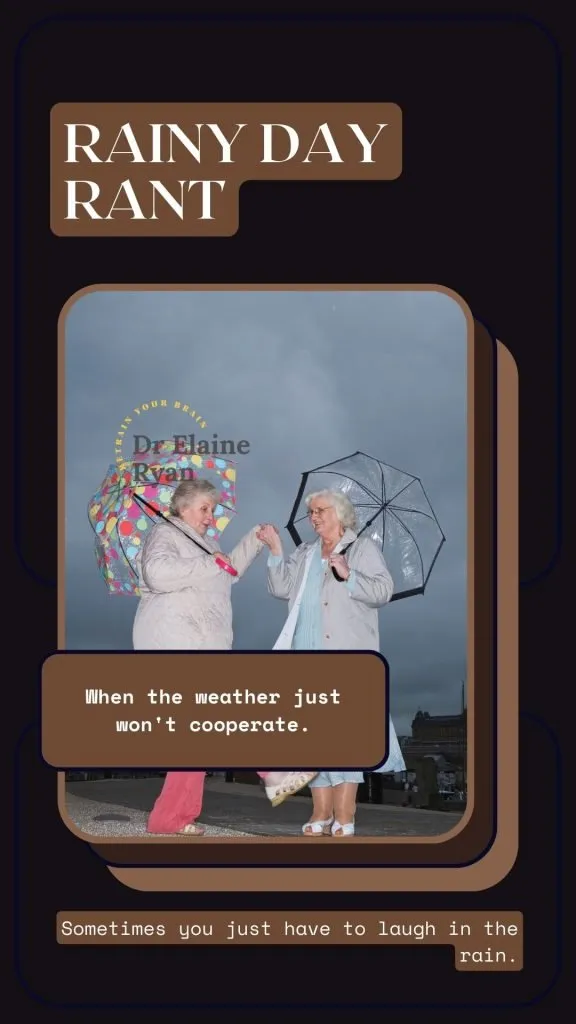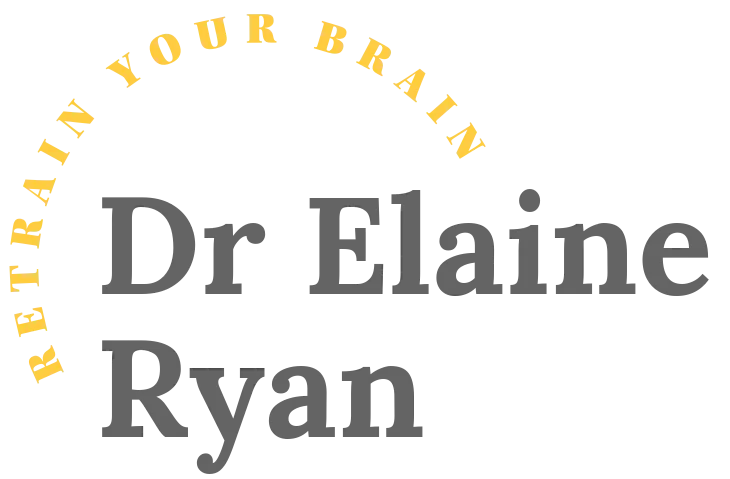Transactional analysis (TA) is a powerful tool. It’s a psychoanalytic theory and therapy method that can transform the way we communicate and a model of therapy that I personally love. I first came across TA during my doctoral training and have found it to be a valuable tool both personally and professionally ever since.
Developed by psychiatrist Eric Berne in the 1950s, TA has since been applied in various fields. Its influence is far-reaching, from therapy to organizational settings.
At its core, TA is about understanding our ‘ego states’—the Parent, Adult, and Child states that influence our interactions.
By analyzing these states, we can gain insights into our communication patterns. This understanding can lead to more effective and meaningful interactions.
In this article, we delve into the world of transactional analysis. We explore its origins, core concepts, applications, and how it can aid personal development.
We also recommend some transactional analysis books for those eager to learn more. Join us as we unravel the intricacies of TA and its potential to enhance our lives.

The Genesis of Transactional Analysis
Transactional analysis was born out of the innovative mind of Eric Berne. A Canadian-born psychiatrist, Berne was a keen observer of human behaviour.
His observations led him to develop TA in the late 1950s. He sought to create a theory that was accessible to the average person. His goal was to demystify the complex world of psychoanalysis.
Berne’s work was groundbreaking. He introduced a new way of understanding interpersonal communication. His theory provided a framework for analyzing social interactions.
Despite initial scepticism, TA gained recognition over time. Today, it’s a respected approach in psychotherapy and beyond. Its influence spans across various fields, from education to organizational development.
Core Concepts of Transactional Analysis
Transactional Analysis is built on a few key concepts. These concepts form the foundation of TA. They provide a lens through which we can view our interactions with others.
The first of these concepts is the idea of ‘ego states’. Ego states are consistent patterns of feeling, thinking, and behaving. Berne says we all have three ego states: Parent, Adult, and Child.
These ego states are not literal descriptions of age or role. Instead, they represent different aspects of our personality. They influence how we respond in different situations.
The Ego States Explained
Understanding the ego states is crucial to grasping TA. Each state has its unique characteristics. They shape our interactions and transactions with others. The Parent State
The Parent state embodies our learned behaviour. It’s influenced by external events and teachings from our parents or parental figures. This state can be nurturing or critical.
When we’re in the Parent state, we often mimic the behaviour of our parents. We may find ourselves repeating phrases or exhibiting behaviours that we’ve seen in them.The Adult State
The Adult state represents our ability to think and act independently. It’s our rational, logical self. This state allows us to process information objectively.
When we’re in the Adult state, we’re not influenced by past experiences or future expectations. We’re able to make decisions based on the here and now. The Child State
The Child state is our emotional self. It’s the part of us that reacts to the world around us. This state is influenced by our early life experiences.
When we’re in the Child state, we may act impulsively or emotionally. We might respond to situations in ways that we did as children.
Transactions: The Building Blocks of Social Interactions
In Transactional Analysis, interactions between individuals are called ‘transactions’. These transactions are the building blocks of social interactions. They are the exchanges of communication that occur between people.
Each transaction involves a stimulus and a response. The stimulus is the communication or behaviour that initiates the transaction. The response is the reaction to that stimulus.
Complementary Transactions
Complementary transactions are the simplest form of transactions. In these transactions, the response comes from the ego state that the stimulus was directed to. This leads to effective communication.
For example, if a person in the Adult state asks a question, a complementary response would be an answer from the Adult state of the other person. This type of transaction can continue indefinitely.
Crossed Transactions
Crossed transactions occur when the response comes from a different ego state than the one the stimulus was directed to. This often leads to misunderstandings or conflicts.
For example, if a person in the Parent state criticizes someone, a crossed response might come from the Child state of the other person, feeling hurt or defensive. Crossed transactions often result in a breakdown in communication.
Ulterior Transactions
Ulterior transactions are more complex. They involve two messages being communicated at once – one overt and one covert. The overt message is expressed openly, while the covert message is hidden.
For example, a person might say “I’m fine” (overt message from the Adult state), but their tone of voice and body language might suggest they’re upset (covert message from the Child state). Ulterior transactions can lead to confusion and miscommunication.
Transactional Analysis in Therapy
Transactional Analysis (TA) is a powerful tool in psychotherapy. It helps individuals understand their interactions and communication patterns. By analyzing transactions, therapists can identify dysfunctional behaviors and help clients change them.
In therapy, TA is used to explore an individual’s personality structure, particularly the three ego states. It helps individuals recognize which ego state they’re operating from in different situations. This awareness can lead to healthier and more effective communication.
Moreover, TA therapy aims to uncover ‘life scripts’ – unconscious plans that guide an individual’s behavior based on childhood experiences. By understanding these scripts, individuals can rewrite them and break free from unhelpful patterns. This can lead to significant personal growth and improved relationships.
Transactional Analysis in Organizational and Educational Settings
Transactional Analysis is not just confined to therapy rooms. It has found extensive application in organizational and educational settings. In businesses, TA can enhance communication, improve team dynamics, and foster better leadership.
In the context of education, TA can be used to understand and improve the dynamics of student-teacher relationships. By analyzing transactions, educators can identify and address communication barriers. This can lead to a more conducive learning environment and improved student outcomes.
Moreover, TA can be used in training and development programs within organizations. It can help employees understand their communication styles and how they interact with others. This can lead to improved teamwork, increased productivity, and a more harmonious workplace.
Personal Development Through Transactional Analysis
Transactional Analysis is a powerful tool for personal development. It can help individuals gain a deeper understanding of their own behavior and the way they interact with others. This self-awareness can lead to significant personal growth and improved relationships.
By understanding the ego states and the transactions that occur in our daily interactions, we can identify patterns of behavior that may be unhelpful or damaging. We can then work to change these patterns, leading to more positive and productive interactions.
Moreover, TA can enhance emotional intelligence, improve conflict resolution skills, and foster better self-communication. By applying the principles of TA, individuals can become more effective communicators, better understand their own needs and motivations, and navigate their personal and professional relationships with greater ease and success.
Exercises for Exploring Transactional Analysis:
An example I always give in session seems to make sense to people, so I shall share it here with you. Think of two women at a bus stop, head scarfs and long raincoats, complaining about the weather. When you arrive, one says to you, ‘Terrible day, it’s always raining.’ It’s easier to agree and get pulled into a conversation about how bad everything is. You could have been feeling fine before you started the conversation, and now you are depressed!
Using TA, you can pull out of this by saying, for example, ‘I don’t mind the rain, I quite like it.’ which will be met with, but ‘it’s awful.’ Stick to your TA, ‘it won’t last for ever.’ This way, you are choosing your style of interaction, and your mood won’t plummet!

1. Identifying Ego States in Everyday Interactions:
- Think about a recent conversation you had. Reflect on a situation where you interacted with someone, perhaps a friend, family member, or colleague.
- Recall specific moments in the conversation. For each moment, try to identify which ego state (Parent, Adult, Child) you were likely operating from and which state the other person seemed to be in.
- Consider the following prompts:
- What were you saying and how did you say it (tone, body language)?
- Were you offering advice (Parent), analyzing the situation objectively (Adult), or expressing emotions freely (Child)?
- How did the other person respond? Did their response seem to come from the same or a different ego state?
2. Analyzing Transactions:
- Choose another recent conversation. This time, focus on analyzing the transactions that occurred.
- Identify the stimulus and response. What was said or done that initiated the exchange (stimulus)? How did you react (response)?
- Consider the type of transaction. Was it complementary (both responding from the intended ego state) or crossed (responses coming from different ego states)?
- Reflect on the outcome. Did the transaction lead to clear communication and understanding, or did it create confusion or conflict?
3. Journaling Your Ego States:
- Spend a few days keeping a journal. Throughout the day, pay attention to situations that trigger specific emotions or behaviours.
- Journal about these experiences. Note down the situation, your thoughts and feelings, and how you responded.
- Identify the ego state. Based on your journaling, try to identify which ego state (Parent, Adult, Child) was dominant in each situation.
- Consider alternative responses. Once you recognize the ego state, reflect on how you could have responded differently, perhaps from a more Adult state.
Recommended Transactional Analysis Books
For those interested in delving deeper into the world of Transactional Analysis, there are numerous books available that provide comprehensive insights into this fascinating field. These books range from introductory texts for beginners to more advanced works for those already familiar with the basics of TA.
Here are a few recommended reads:
- “Games People Play” by Eric Berne: This seminal work by the founder of TA is a must-read for anyone interested in the subject.
- “Transactional Analysis in Psychotherapy” by Eric Berne: This book provides a more in-depth look at the therapeutic applications of TA.
- “TA Today: A New Introduction to Transactional Analysis” by Ian Stewart and Vann Joines: This book is a great starting point for beginners, providing a clear and accessible introduction to TA.
- “Changing Lives through Redecision Therapy” by Robert L. Goulding and Mary McClure Goulding: This book explores the use of TA in redecision therapy, a form of psychotherapy that focuses on helping individuals make new decisions about their lives.
- “The Power of TA: A Comprehensive Introduction” by Mark Widdowson: This book provides a comprehensive overview of TA, making it a great resource for both beginners and advanced learners.
Conclusion: Integrating Transactional Analysis into Your Life
Transactional Analysis offers a powerful framework for understanding our interactions with others and ourselves. By becoming aware of our ego states and the transactions we engage in, we can gain greater control over our communication and relationships.
Whether you’re a professional seeking to improve your team dynamics, a therapist looking to enhance your practice, or an individual interested in personal development, TA has something to offer. With the wealth of resources available, including the recommended books, there’s no better time than now to start your journey into the world of Transactional Analysis.

